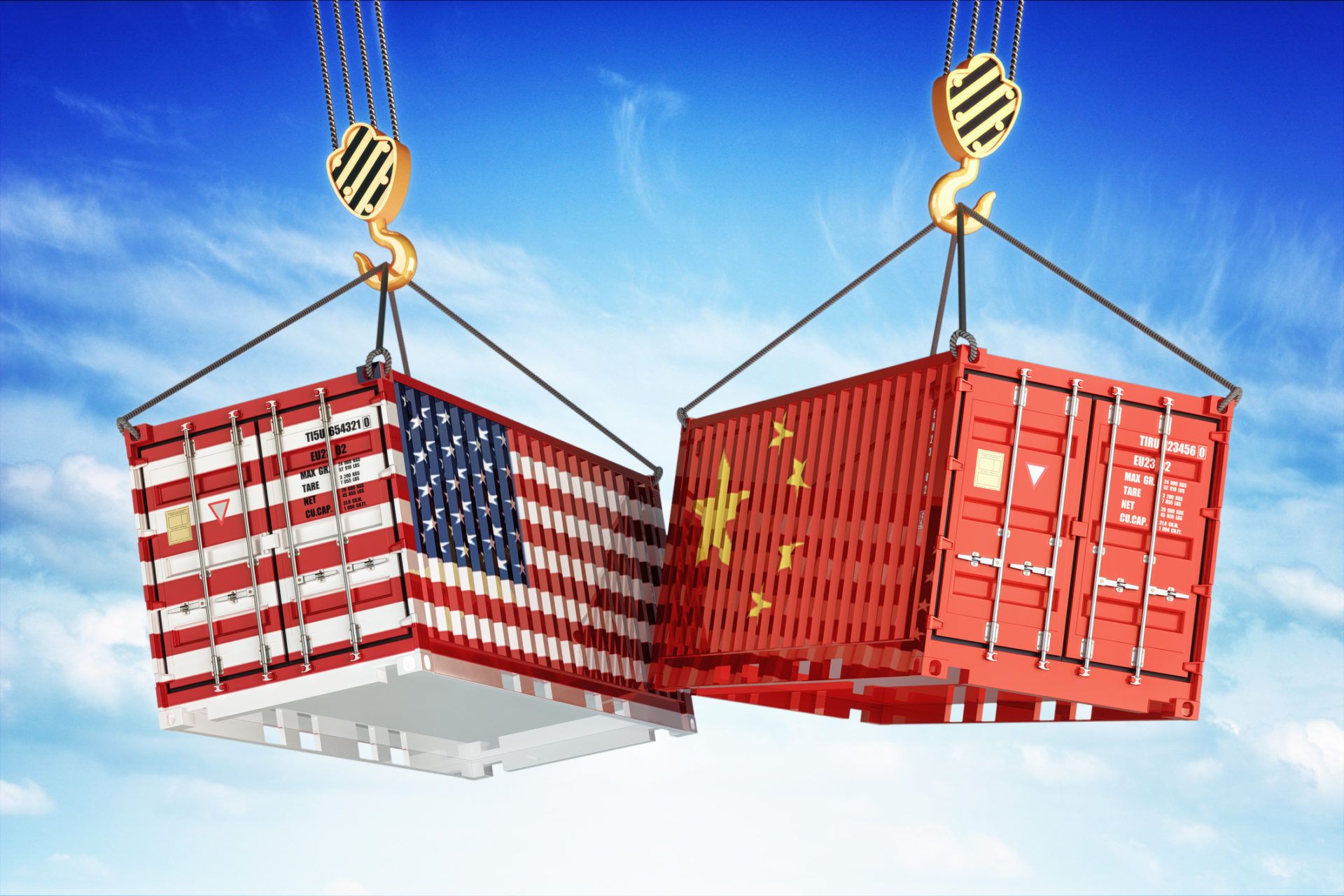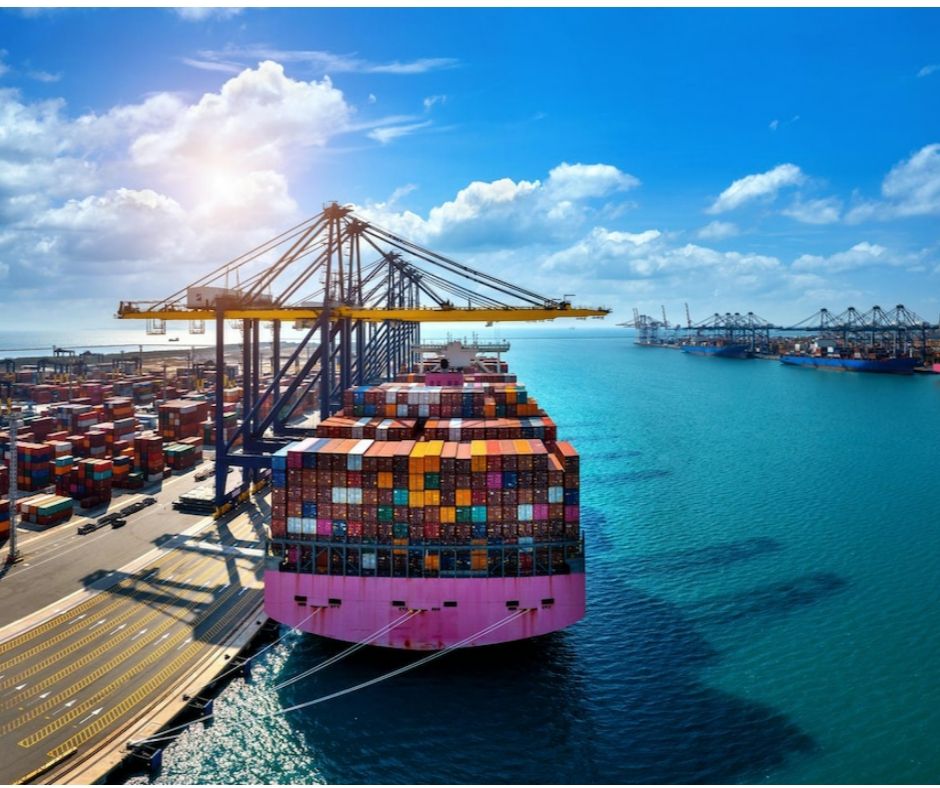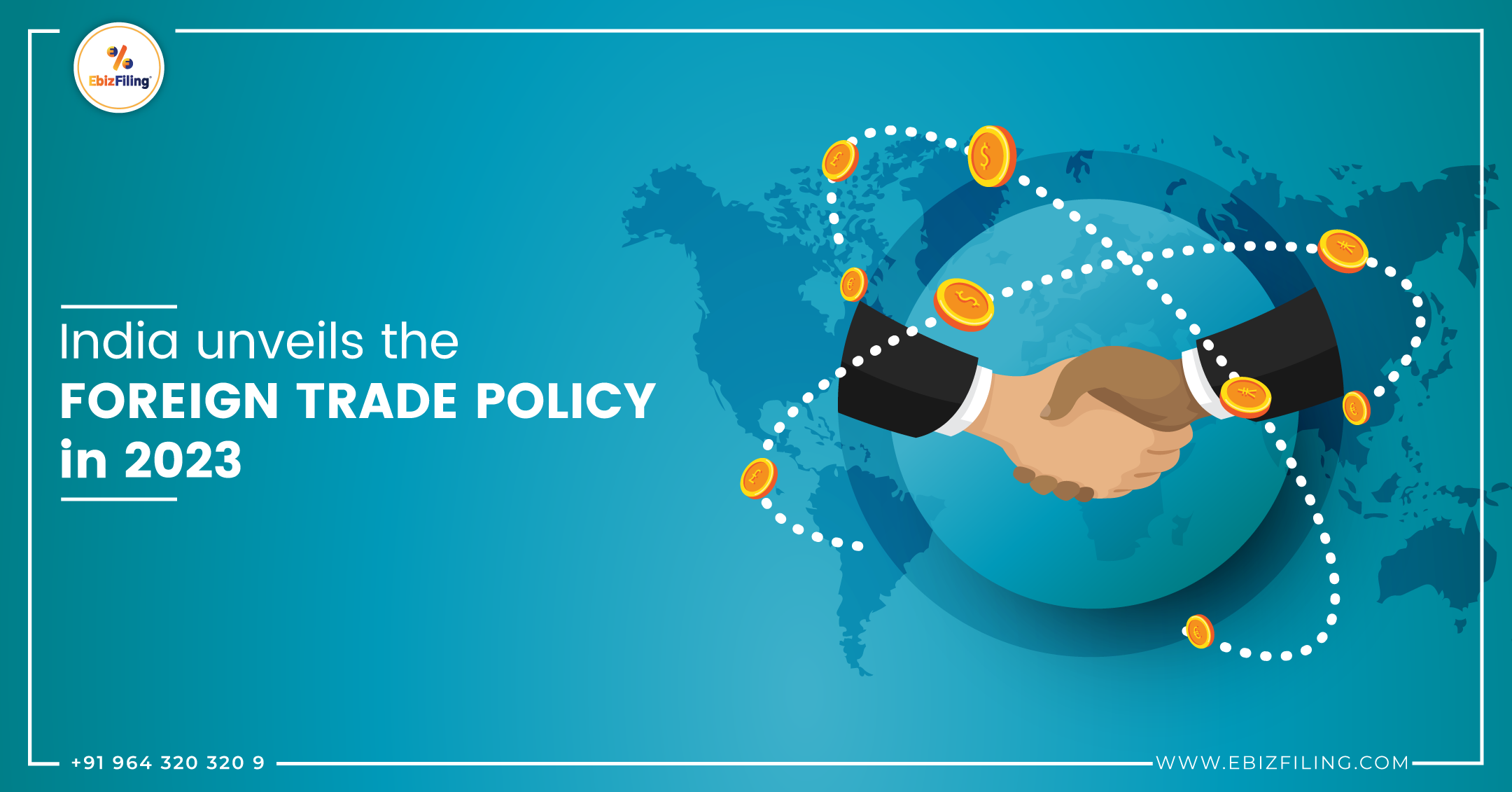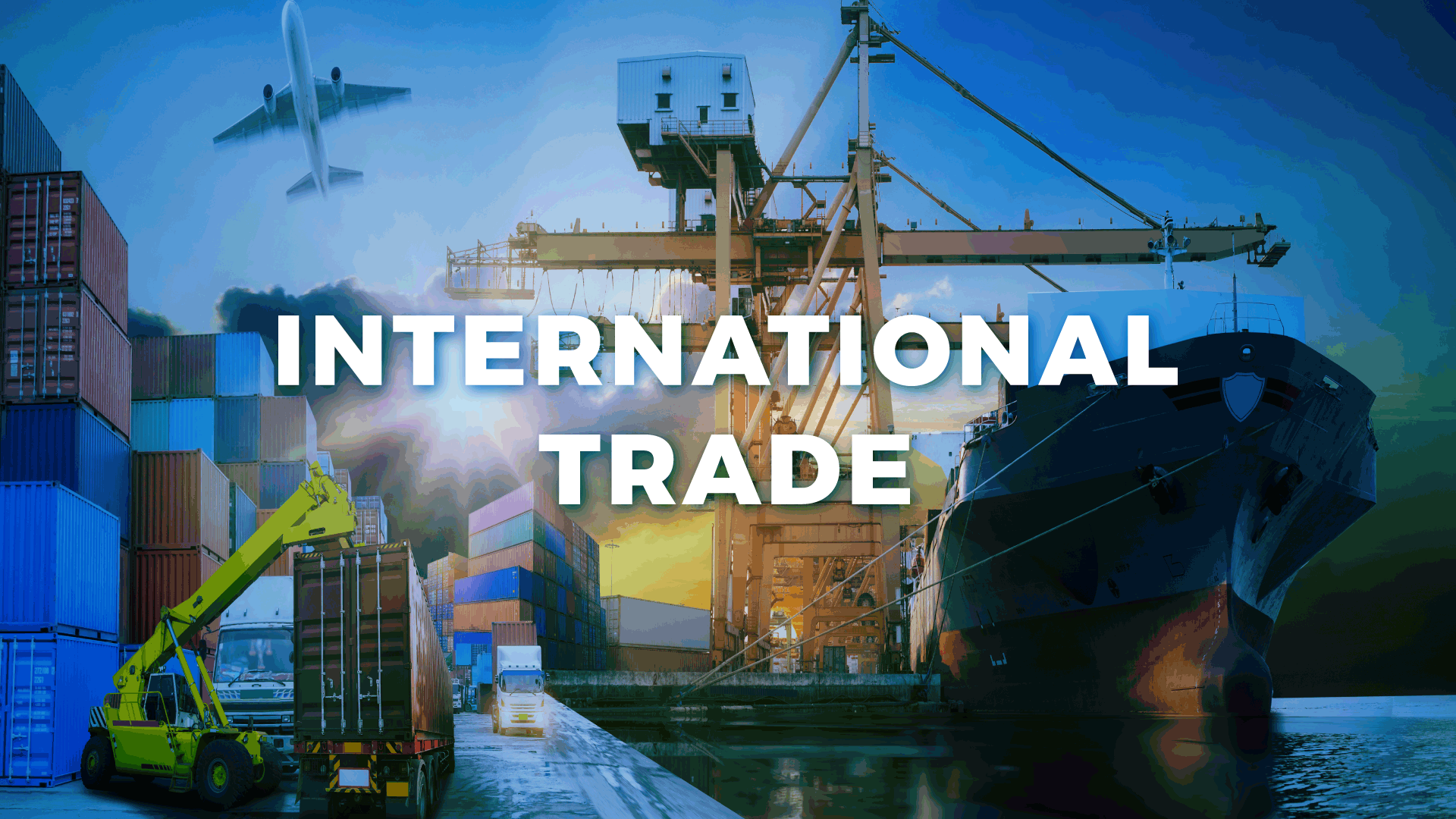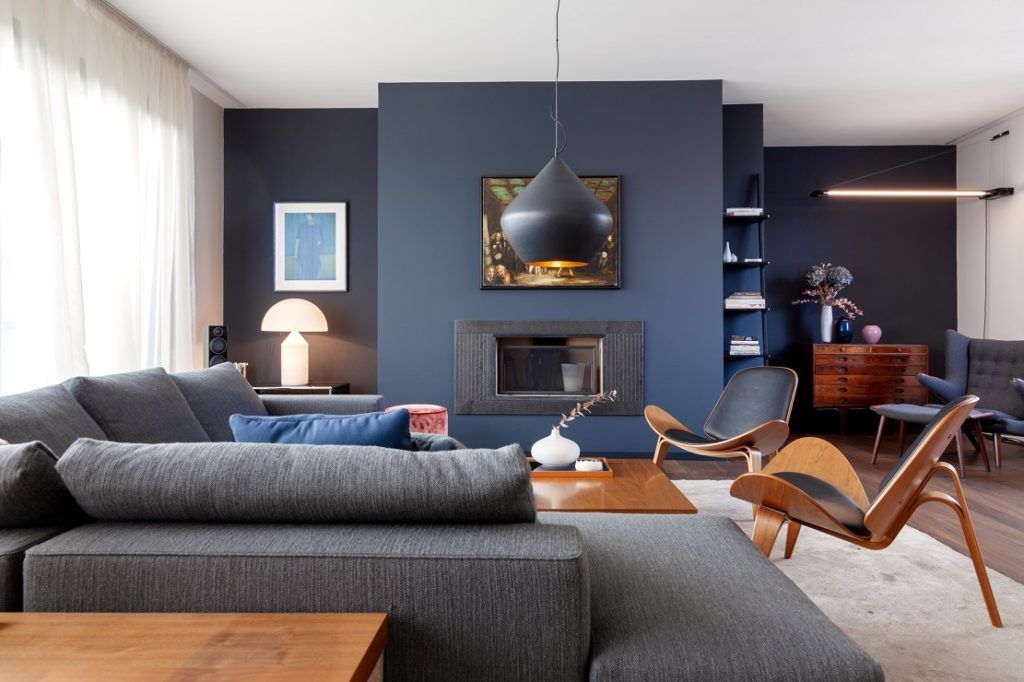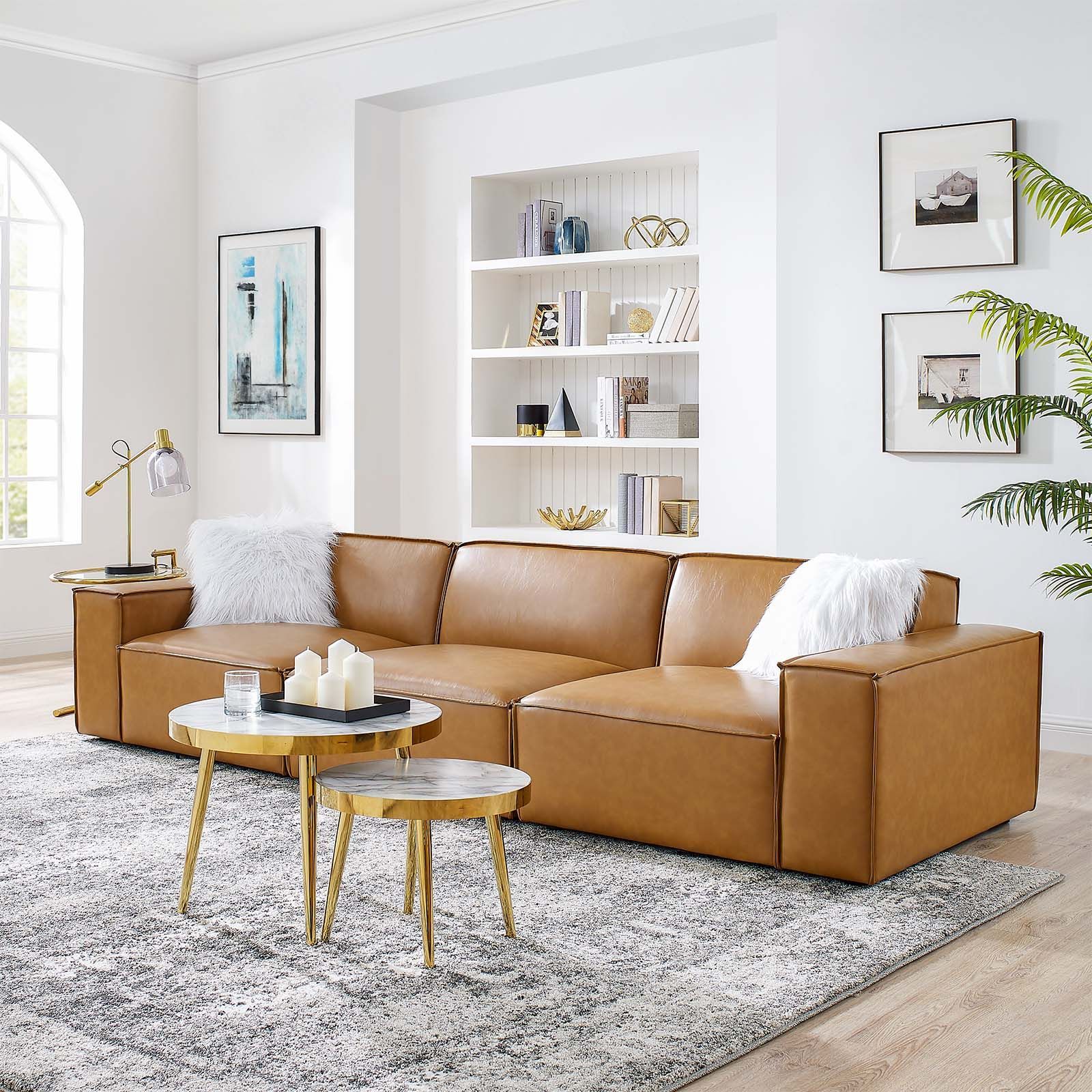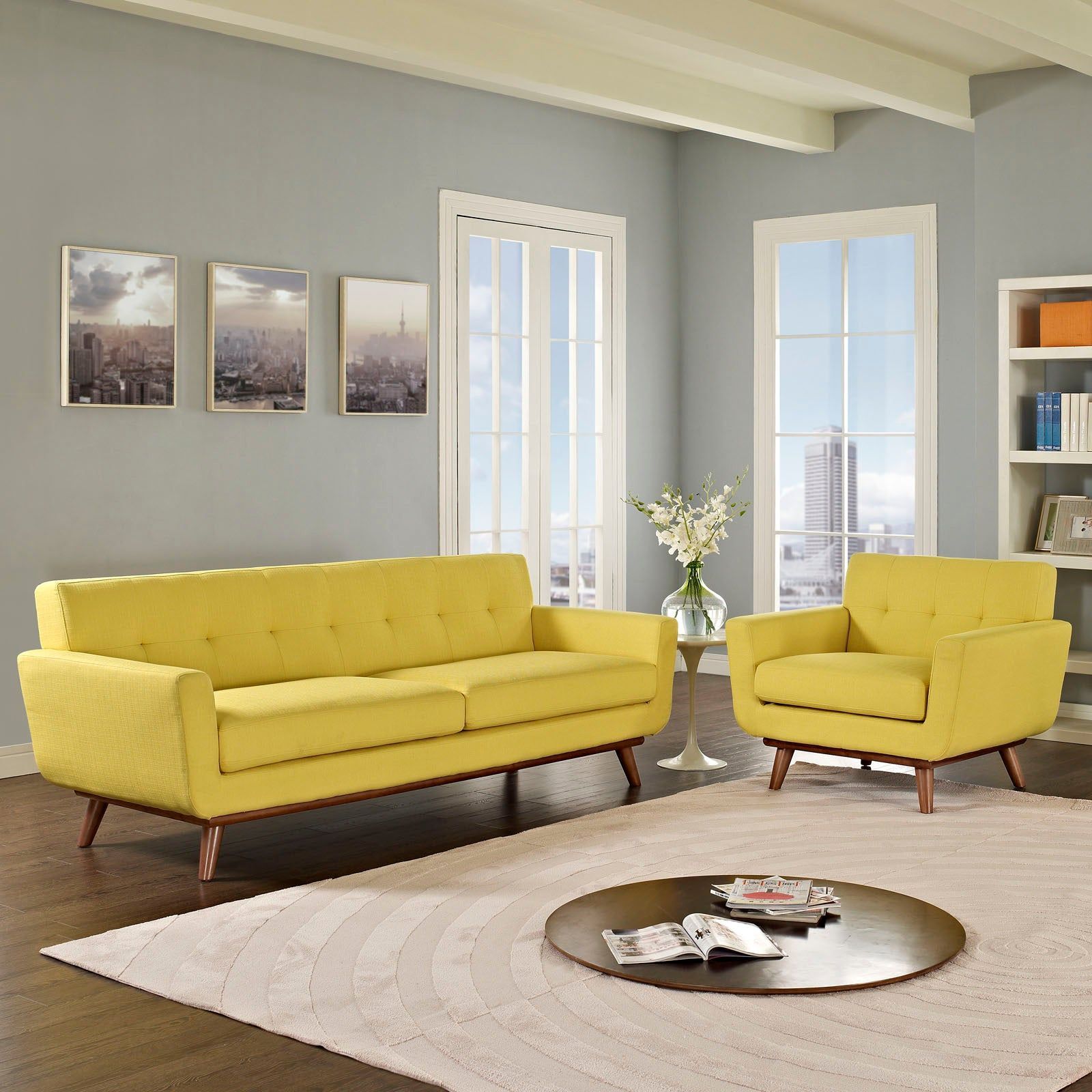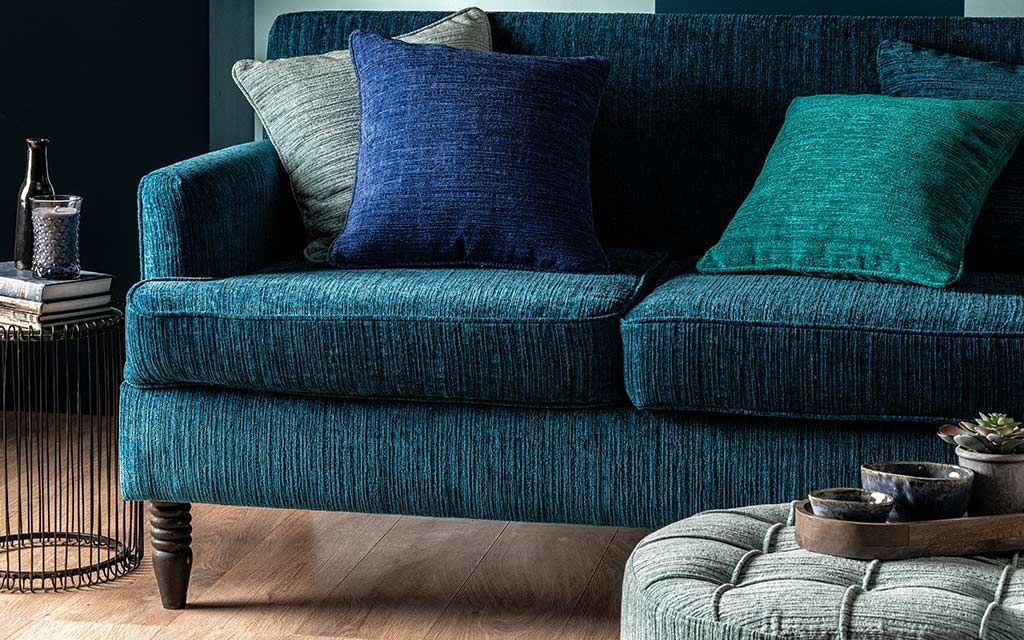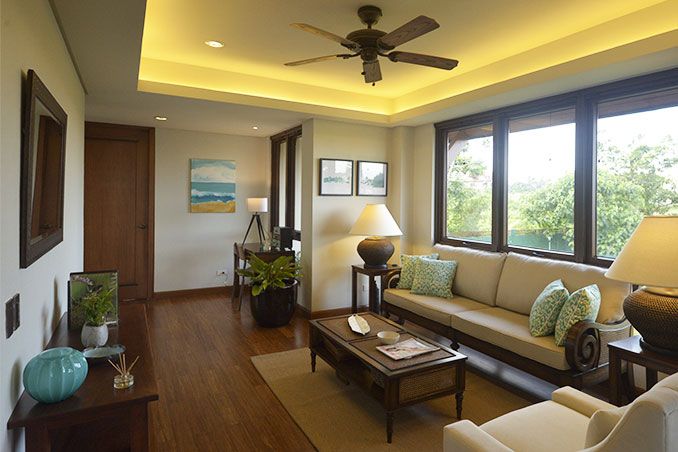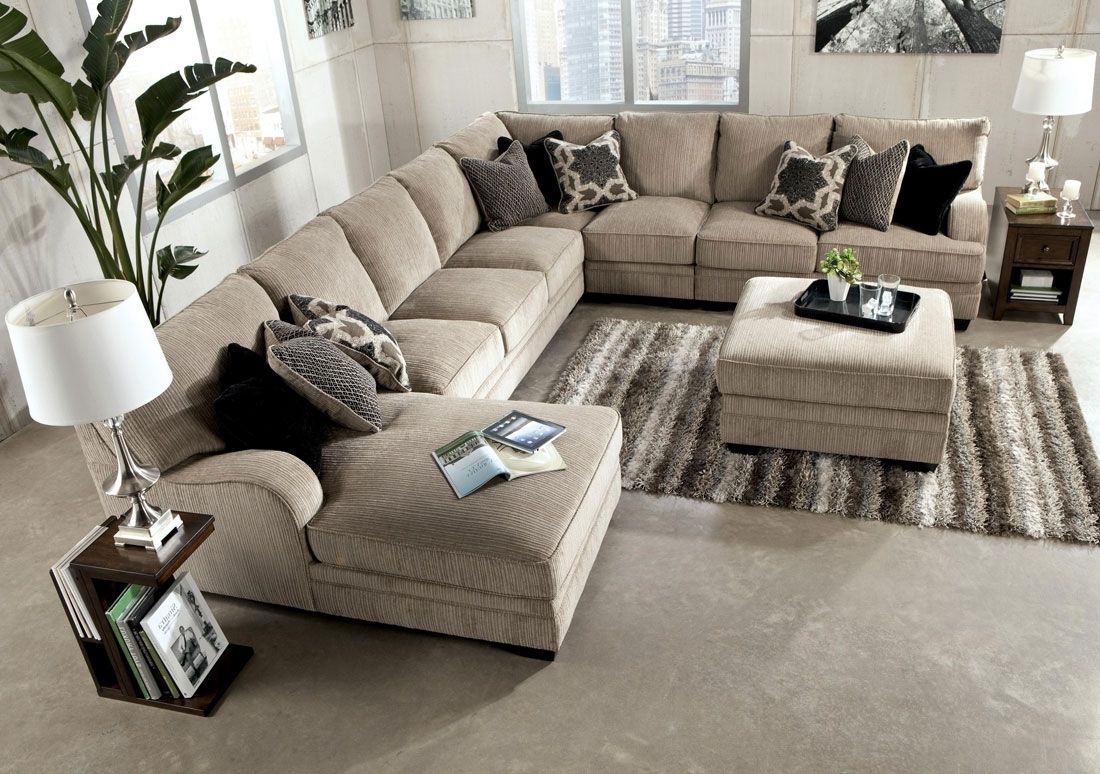Walk into any furniture store, and you’ll see sofas ranging from a few hundred dollars to many thousands. It can be downright bewildering, right? You might be thinking, ‘Is this sofa really worth ten times that one?’ The truth is, the price of a sofa isn’t just about how it looks. It’s a complex equation involving materials, craftsmanship, brand reputation, and even where it’s made. We’re going to break down all those elements so you can finally understand what you’re really paying for and make a smarter choice for your home.
Let’s be honest, buying a sofa is a big decision. It’s often the centerpiece of your living room, a place for relaxation, family gatherings, and maybe even the occasional nap. So, when you’re faced with such a wide spectrum of prices, it’s natural to feel a bit lost. We often see the final number and either feel like we’re getting a steal or getting ripped off. But what actually goes into that price? It’s more than just fabric and stuffing. Understanding the ‘why’ behind the price tag can save you money and help you find a sofa that truly lasts.
The Foundation: Frame and Construction
Think of the sofa’s frame as its skeleton. A sturdy, well-built frame is crucial for longevity. Most quality sofas use kiln-dried hardwood frames, like oak or maple. Why kiln-dried? It removes moisture, preventing warping and cracking over time. You might see sofas with frames made from engineered wood, particleboard, or even metal. While these can be cheaper, they generally aren’t as durable as solid hardwood. Pay attention to how the frame is put together, too. Corner-blocked and glued joints are a sign of superior construction, offering more stability and support than just staples or screws alone. This internal structure is a major factor in price; you’re paying for that solid, reliable build.
What’s Inside Counts: Cushioning and Support
The comfort of a sofa hinges on its cushioning and support system. Underneath those plush cushions, you’ll find either sinuous springs, eight-way hand-tied springs, or webbing. Sinuous springs are common and offer good support, but the quality can vary. Eight-way hand-tied springs are considered the gold standard for durability and comfort – each spring is tied to eight other springs by hand. This meticulous process significantly adds to the cost. Webbing is often found in lower-priced sofas and can sag over time. Then there’s the filling: foam, down, fiberfill, or a combination. High-density foam with a down wrap offers a luxurious feel and excellent resilience, but it’s pricier. Cheaper options might use lower-density foam or polyester fiberfill, which can compress and lose their shape faster. So, that cloud-like comfort you’re sinking into? It comes with a price tag.
The Surface Appeal: Upholstery Matters
The fabric or leather you choose is a significant price driver. Natural fibers like cotton and linen can be beautiful but may be prone to staining and wrinkling. Performance fabrics, often synthetics like polyester or nylon blends, are engineered for durability and stain resistance, making them a popular, though sometimes more expensive, choice. Leather, of course, is a classic and durable option, but the type of leather greatly affects the cost. Full-grain leather, the highest quality, is the most expensive. Top-grain and genuine leather are less so, and bonded leather is the most budget-friendly but least durable. Think about how you use your sofa. If you have pets or young kids, investing in a more durable, easy-to-clean fabric might save you money in the long run, even if it costs more upfront.
Brand Name and Design: The ‘It’ Factor
Just like with clothing or cars, brand reputation plays a role in sofa pricing. Well-established brands known for quality and durability often command higher prices. They’ve built a name for themselves, and you’re partly paying for that trust and perceived quality. Design also influences cost. A unique, designer-led, or custom-made sofa will naturally be more expensive than a mass-produced, standard model. Think about intricate detailing, unique silhouettes, or the use of high-end materials in the design itself – these all add to the manufacturing complexity and, consequently, the price. Sometimes, you’re paying for the aesthetic and the status associated with a particular brand or design.
Where It’s Made and How It’s Sold
The country of origin can impact the final price due to labor costs, import duties, and shipping expenses. Sofas made in countries with higher labor costs might be more expensive. Similarly, the retail model matters. Buying directly from a manufacturer or a smaller boutique often means a lower markup compared to large, high-end department stores. Online retailers can sometimes offer better prices by cutting out the overhead of physical showrooms, though you lose the ability to test the sofa in person. Consider the entire journey of the sofa from factory to your living room; all those steps and intermediaries add to the cost.
Making the Smart Investment: Tips for Shoppers
So, how do you navigate this complex landscape? First, set a budget, but be flexible if you find something truly exceptional that fits your needs. Inspect the frame for solid wood and sturdy construction. Test the cushions – do they spring back quickly? Feel the upholstery; does it seem durable? Don’t be afraid to ask about the materials and construction details. Read reviews from other customers. Consider a mid-range sofa with good basic construction and durable fabric; it might offer the best balance of quality and price for many people. Remember, a sofa is an investment. A slightly higher upfront cost for better quality can mean years of comfortable use, saving you from frequent replacements and the associated expense and hassle.
Understanding sofa prices isn’t about finding the cheapest option; it’s about finding the best value for you. By looking beyond the surface and considering the internal construction, the quality of materials, and the overall craftsmanship, you can make a more informed decision. Whether you’re drawn to a high-end designer piece or a budget-friendly find, knowing what contributes to the price tag empowers you to choose a sofa that not only looks great but also stands the test of time and your lifestyle. Happy sofa hunting!


